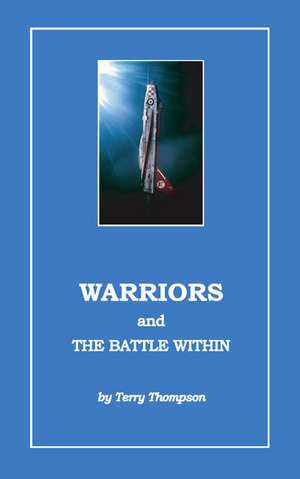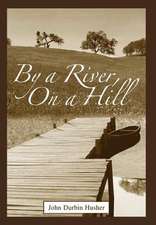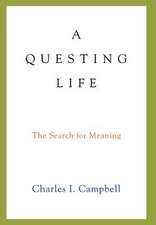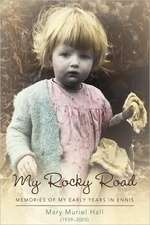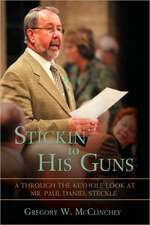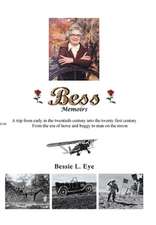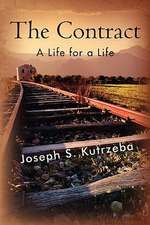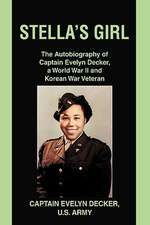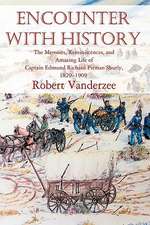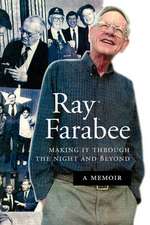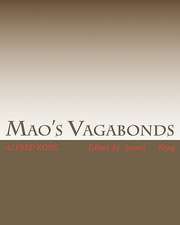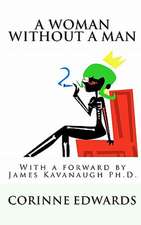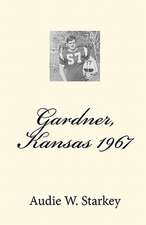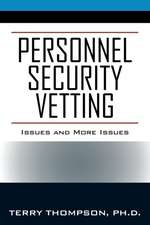Warriors and the Battle Within
Autor Terry Thompsonen Limba Engleză Paperback
His military account begins as a raw recruit and the most junior member of the air force. As the story unfolds, the reader is taken through the author's career progression as a radar technician, his remuster to commissioned officer status and his training as a pilot in the air force. His experiences as a fighter pilot provide the layman an inside look at "the right stuff" and the thrills of operational flying combined with a complete season of formation aerobatics in a Mach 2 fighter aircraft.
The author leads us through his uneasy transition to staff officer and his development in that role. He relates his three-year posting into the pilot training establishment and his participation in the eventual formation of the Snowbirds aerobatic team.
In his final tour at National Defence Headquarters the author was in a position to witness first hand the deterioration of the military culture at the highest levels. He relates his struggles to maintain some semblance of military ethic in the routine conduct of his duties under ever deteriorating circumstances.
This book puts the Cold War into a perspective as seen by those who lived through it. It identifies the 9/11 tragedy as the beginning of a new and frightening era. It recognises the World Trade Centre act of terrorism as a wake up call for a country that has allowed it's politicians while looking inward, to savage defence budgets over the past thirty years all the while watching it's once proudmilitary services atrophy.
This book that will be of interest to students of military and strategic studies and to the average observer of Canadian defence and foreign policy. Praise for WARRIORS AND THE BATTLE WITHIN The first point that struck me personally was that your military service paralleled mine. I agree with you that these were the best years to serve, given the Cold War and very viable Armed Forces (strength as high as 115, 000). Like you, I retired early at 53 rather than 55 years of age for exactly the same reasons you did. Another similarity was that we joined as private/airman, an invaluable experience in my opinion. Final point, your book certainly fills a niche in the Cold War Historiography.
William Bentley Macleod Colonel (ret'd) OMM, CD - Kingston, Ontario
When Terry Thompson joined the RCAF as a small-town prairie boy in April of 1951, he had no idea of the adventure that lay ahead. Following a stint as a ground radar technician, he applied and was accepted as an aircrew candidate and began pilot training at Penhold, Alta, in Feb 1953.
Over a longflying career, Thompson flew a variety of fighter aircraft, notably the CF-100 interceptor, the Hawker Hunter and the English Electric Lightning during an exchange tour with the RAF which included a season with the 56 Sqn Firebirds aerobatic team. He also flew the F-86 Sabre, the CF-5 Freedom Fighter, and the Tutor jet trainer as an instructor and standards officer at CFB Moose Jaw, Sask.
But this book is more than just another "there I was at 30,000 feet" opus. Terry Thompson spent two ground tours at National Defence Headquarters (NDHQ) in Ottawa, the first when the Wars of Unification were being fought in the hallways during the late 1960s (hence the book's title). Having a front row seat on the internecine skirmishes in progress was instructive, and the author takes us into the inner workings of a headquarters being traumatized not just with defence minister Paul Hellyer's unification plan, but also with the civilianisation of NDHQ imposed by an anti-military prime minister, Pierre Elliot Trudeau.
During his second tour and terminal posting at NDHQ, from 1974 to 1981, and now a lieutenant colonel, Thompson saw the fruits of the seeds that Trudeau and Hellyer had sown. He writes: "For the RCAF the sky had indeed fallen. This new integrated service was no longer one with which I could identify. As the forces fuelling the Cold War began to sputter, the military imperative was lost and in my last few years I began to notice how the operation of the headquarters now resembled any of the other government departments.
"The uniqueness of the military had been carefully blended into the fabric of the Ottawa bureaucracy. The colourful characteristics of former fine leaders hadgiven way to the grey prominence of the new breed of civil servant. Essentially a civil servant in uniform who, once assigned his little piece of turf would defend it to the death in the mistaken belief he was fulfilling his role in the military chain of command."
It is a sentiment shared by many RCAF old-timers.
Vic Johnson, AirForce Magazine Cal Annis, Calgary
Preț: 165.51 lei
Nou
31.67€ • 33.07$ • 26.15£
Carte disponibilă
Livrare economică 25 martie-08 aprilie
Specificații
ISBN-10: 1412014743
Pagini: 371
Dimensiuni: 127 x 203 x 22 mm
Greutate: 0.41 kg
Editura: Troubador Publishing
Notă biografică
Terry Thompson found his beginnings in small towns on the prairies during the forties.
His memoir describes his early life in the rural communities of the west, the assertion of his independence and his quest for adventure.
He describes his basic training as an airman in the RCAF leading to pilot training and his commission in the air force. His adventures during his early days in the service are not unlike that of others who joined Canada's military during the evolution of the cold war.
They were all young men who believed in their country and had been instilled with a duty to defend democracy in an unsettled world.
The author witnessed most aspects of the cold war from a military perspective. In his two tours at National Defense Headquarters, he was able to observe first-hand the wilful dismantling of the military structures leading to the lamentable state of today's armed forces.
Following his retirement from the Canadian Forces in 1981 after thirty-one years of service, he participated in a variety of special events. These include: Logistic Consultant to the CBC for the Papal visit to Canada in 1984; Producer of Ceremonies of EXPO 86 in Vancouver, the 1988 Winter Olympics in Calgary and the 1990 Goodwill Games in Seattle.
Following the Goodwill Games he was appointed Executive Director of Rendezvous 92, the northern celebration of the 50th Anniversary of the Construction of the Alaska Highway.
Terry Thompson lives in Calgary and has established himself as a critical observer of Canadian defence and foreign policies. Table of Contents or Excerpts
Foreword
The letter I received from Holland in 1998 was my inspiration and once the idea caught on I couldn't put it away until I had finished the story. It was from Jan Van Rossum du Chattel, a fellow student on my NATO pilot training course in 1953/54.
I set about preparing my reply and as I toiled over my keyboard, other incidents in my air force career began to pop to mind. With the zest of an ageing fighter pilot who can no longer leap over tall buildings or across fast flowing rivers, I have approached the task of recording these stories with as much fervour as my first entry into an attack on the flag* from the high perch.
The stories have in fact been woven together to provide an account of my experiences as I remember them. But I think they are more than that.
They represent the experiences of an average Canadian youth of the day who intimately remembered the images of World War II. A prairie boy who grew up close to the farm and like the thousands of others from across Canada, responded to the nations need to rebuild a military capability that had briefly languished following WW II.
I think our stories are all similar and it would be a loss if some of them were not preserved for future generations. We joined the armed forces when only an unsteady peace existed. There was a war in far off Korea. Elsewhere there were wars and rumours of wars. The allies and the Soviet Union were engaged in nuclear weapons testing, threats and posturing. The arms race was on in earnest and only the strong would survive.
Western governments encouraged their populations to build private nuclear shelters and issued plans and specifications to those who wished to attempt to survive in their basements or backyards.
Governments built bunkers to protect legislators from nuclear attack, plans were put in place to re-establish social order following a nuclear exchange. The atmosphere of the western world was tense and democracy was tested regularly by those intent on world domination by any means.
Within this context the Canadian youth of the forties and fifties faced the escalating "Cold War." They were patriotic and intent on defending Canada and North America until th
